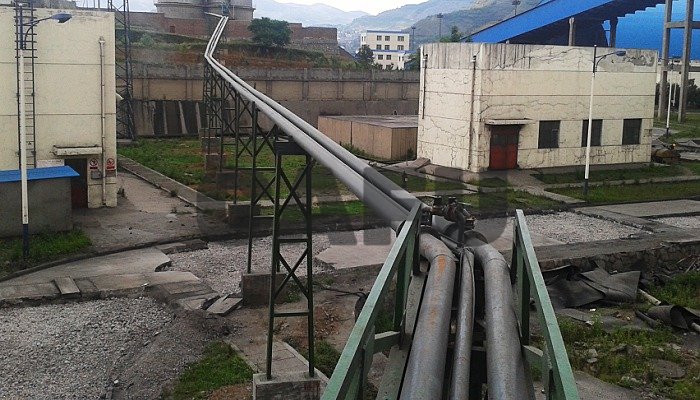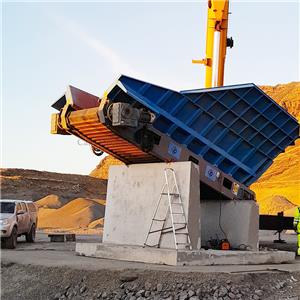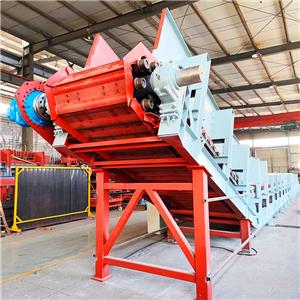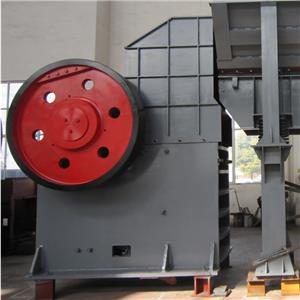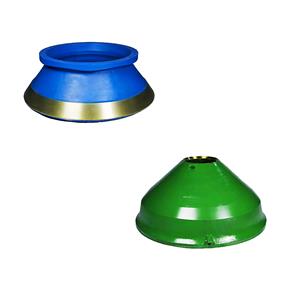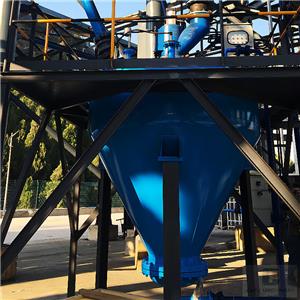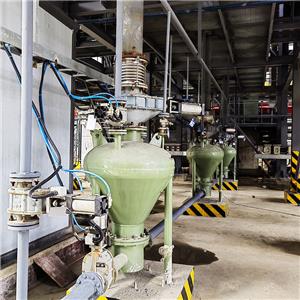- Home
- >
- News
- >
- Industry news
- >
- Conveying Pipes for Pneumatic Conveying Systems
Conveying Pipes for Pneumatic Conveying Systems
In the process of pneumatic conveying system operation, the conveying pipe will be accompanied by the wear and tear, especially obvious when conveying abrasive materials. In order to realize the efficient operation of pneumatic conveying system, CAFU machinery on the pneumatic conveying system pipe wear and blockage of the main factors and solutions, to make the following brief description for users' reference.
The Main Wear Factors of Conveying Pipeline
Practice shows that the wear and tear of pneumatic conveying pipeline is directly related to the particle size of the conveyed material, abrasiveness, concentration, conveying pipe material and conveying pipeline design. The wear of straight section and elbow is obviously different. In the case of the same material, the service life of the elbow is generally only about 1% of the straight section of the conveying pipe.
Solutions to offset uneven pipe wear and extend pipe service life
1. Minimize the number of elbows through reasonable piping design.
2. Use wear-resistant ceramic lining as the elbow lining to extend the service life of the elbow. When conveying abrasive materials, add a wear-resistant layer on the back of the wear-resistant ceramic elbow to achieve double wear resistance and further extend the life of the elbow.
3. According to the characteristics of the material and pipeline layout requirements, a reasonable increase in the turning radius of the elbow.
4. Piping system valves, the selection of alloy materials with a high degree of wear-resistant performance as the valve core.
5. The unloading Ash Bin lined with wear-resistant lining.
6. Straight pipelines are all arranged horizontally and should not be tilted. Pipes are connected with flanges, which can be turned up and down to promote equalized wear of the pipes during regular maintenance.
Effective Way to Prevent Pipe Plugging
Pipe blockage is usually caused by poor pipe design, air leakage and other reasons, resulting in insufficient system performance.
1. Pneumatic conveying system in the design stage should consider the relevant elements, including system performance, material characteristics, pipe size, conveying distance.
2. Optimize the pipeline design, reduce the number of elbows and climb height as much as possible. For example, in dense phase conveying, it is appropriate to use the BIN PUMP with top discharge.
3. Install a pressure transmitter on the pipeline to measure the gas pressure in the pipeline.
4. If necessary, filter the gas source to reduce the water content in the gas source and avoid moisture in the material.
5. Auxiliary blowing valve set should be installed in the system to improve the conveying efficiency.
6. For pneumatic conveying system with long conveying length and difficult to climb, auxiliary pipe and Clear Blocking Valve Set can be added, which can automatically open when the system detects the pressure change of conveying pipe to clear the blocked material.
7. When the installation of the conveying pipeline is completed, a pressure test is required.
The above methods for prolonging the service life of pneumatic conveying pipeline and measures for preventing pipeline clogging are only part of the practical experience of CAFU machinery. The solutions to these two problems are different in the industry, and the solutions selected for different working conditions will also be different. For more detailed design service of pneumatic conveying system, please contact CAFU Machinery.

